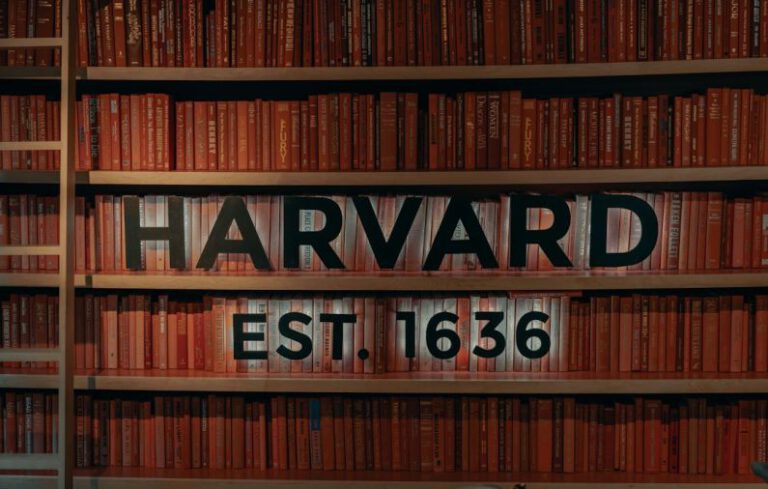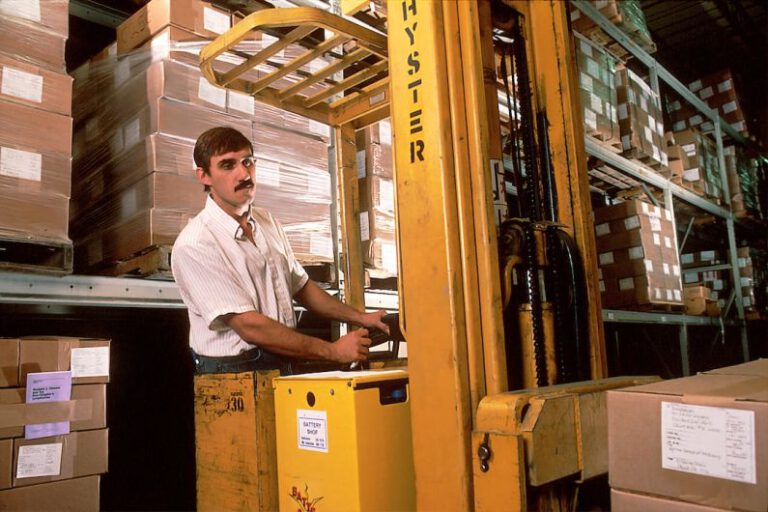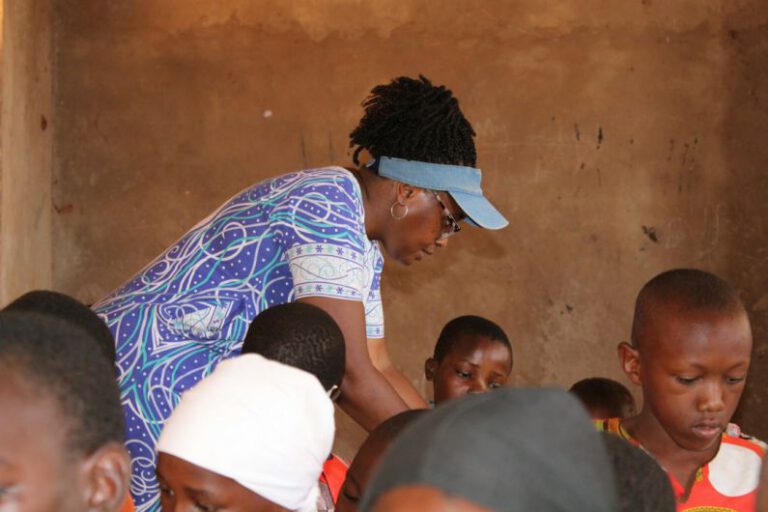Tips for Organizing Children’s Bookshelves
As parents, we all want to instill a love of reading in our children. One way to encourage this is by creating an organized and inviting space for their books. A well-organized bookshelf not only makes it easier for children to find and choose books, but it also teaches them the importance of taking care of their belongings. Here are some tips for organizing children’s bookshelves to create a space that is both functional and visually appealing.
Sort by Categories
Start by sorting the books into categories. This can be done by genre, author, or topic. By grouping similar books together, it becomes easier for children to find the ones they are interested in. For younger children, you can use picture labels or stickers on the bookshelf to help them identify the different categories.
Consider Height and Accessibility
When organizing the books on the shelves, it is important to consider the height and accessibility for your child. Place their favorite books and ones they are currently reading at eye level, where they can easily see and reach them. This will make it more likely that they will choose those books on their own. Reserve higher shelves for books that are out of their reading level or ones that you want to read together as a family.
Use Bookends or Baskets
To keep the books upright and prevent them from falling over, use bookends or baskets. Bookends come in a variety of shapes and designs, making them a fun and decorative addition to the bookshelf. Baskets are another great option, especially for smaller books or board books. They can be placed on the shelves or on the floor, making it easy for children to find and put away books.
Create a Cozy Reading Nook
In addition to organizing the books, consider creating a cozy reading nook within the bookshelf area. This can be as simple as adding a comfortable chair or bean bag, a soft rug, and some cushions. By creating a dedicated space for reading, you are inviting your child to spend more time with books. It also adds a sense of excitement to the reading experience.
Rotate Books
To keep the bookshelf fresh and exciting, consider rotating the books. Take some of the books off the shelf and replace them with ones that have been stored away. This not only keeps the bookshelf from becoming overcrowded but also gives children the opportunity to rediscover books they may have forgotten about. It can also be a great way to introduce new books or themes based on the season or holiday.
Encourage Independence
Lastly, encourage your child’s independence by involving them in the organization process. Let them help sort the books into categories or choose which ones they want to place on the shelf. Teaching them how to keep their bookshelf organized from an early age will instill a sense of responsibility and pride in their belongings.
In conclusion, organizing children’s bookshelves is not only about creating a visually appealing space but also about fostering a love for reading. By sorting books into categories, considering accessibility, using bookends or baskets, creating a cozy reading nook, rotating books, and encouraging independence, you can create a bookshelf that is both functional and enjoyable for your child. So, get started on organizing your child’s bookshelf and watch their love for reading grow!






